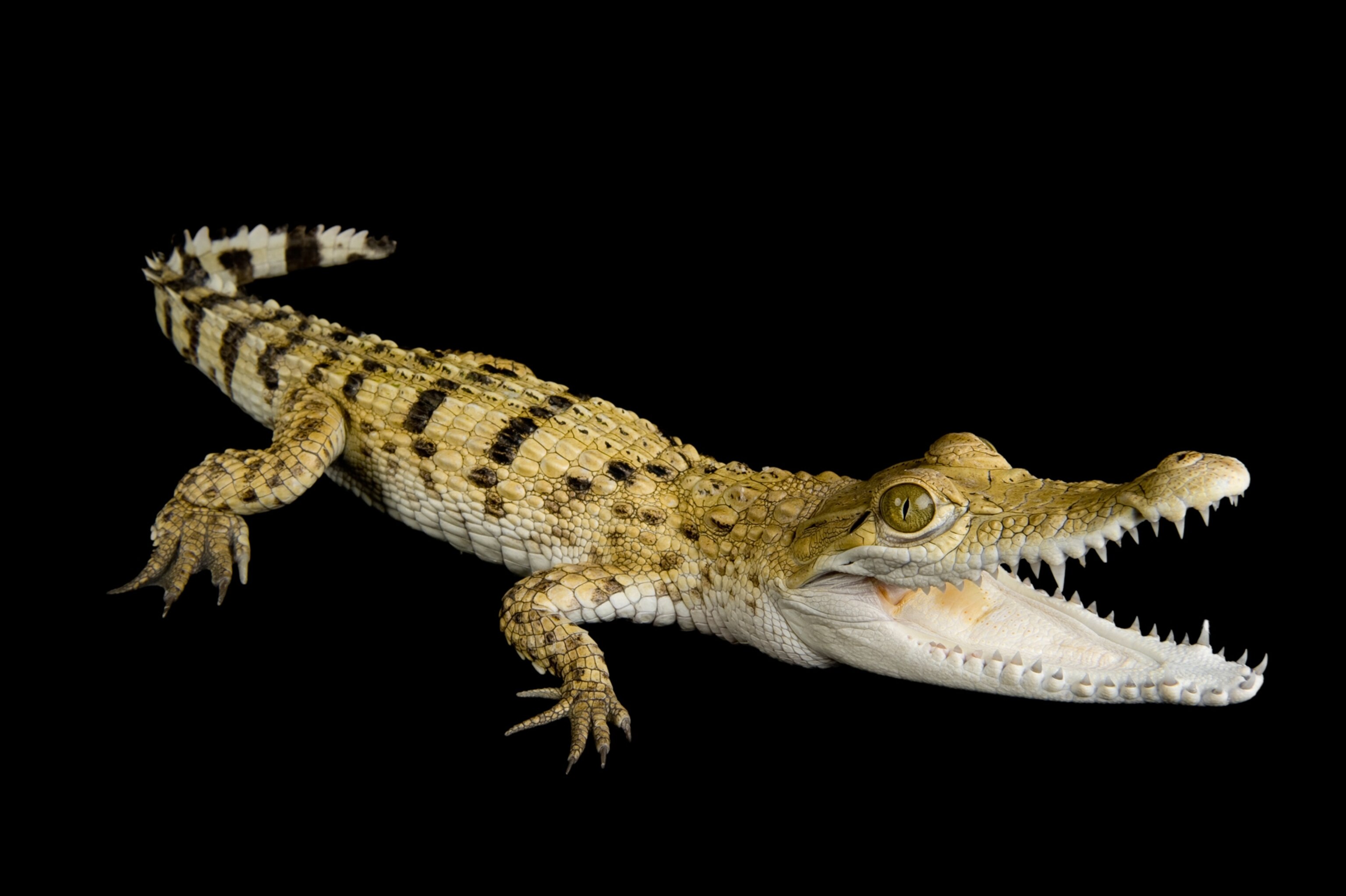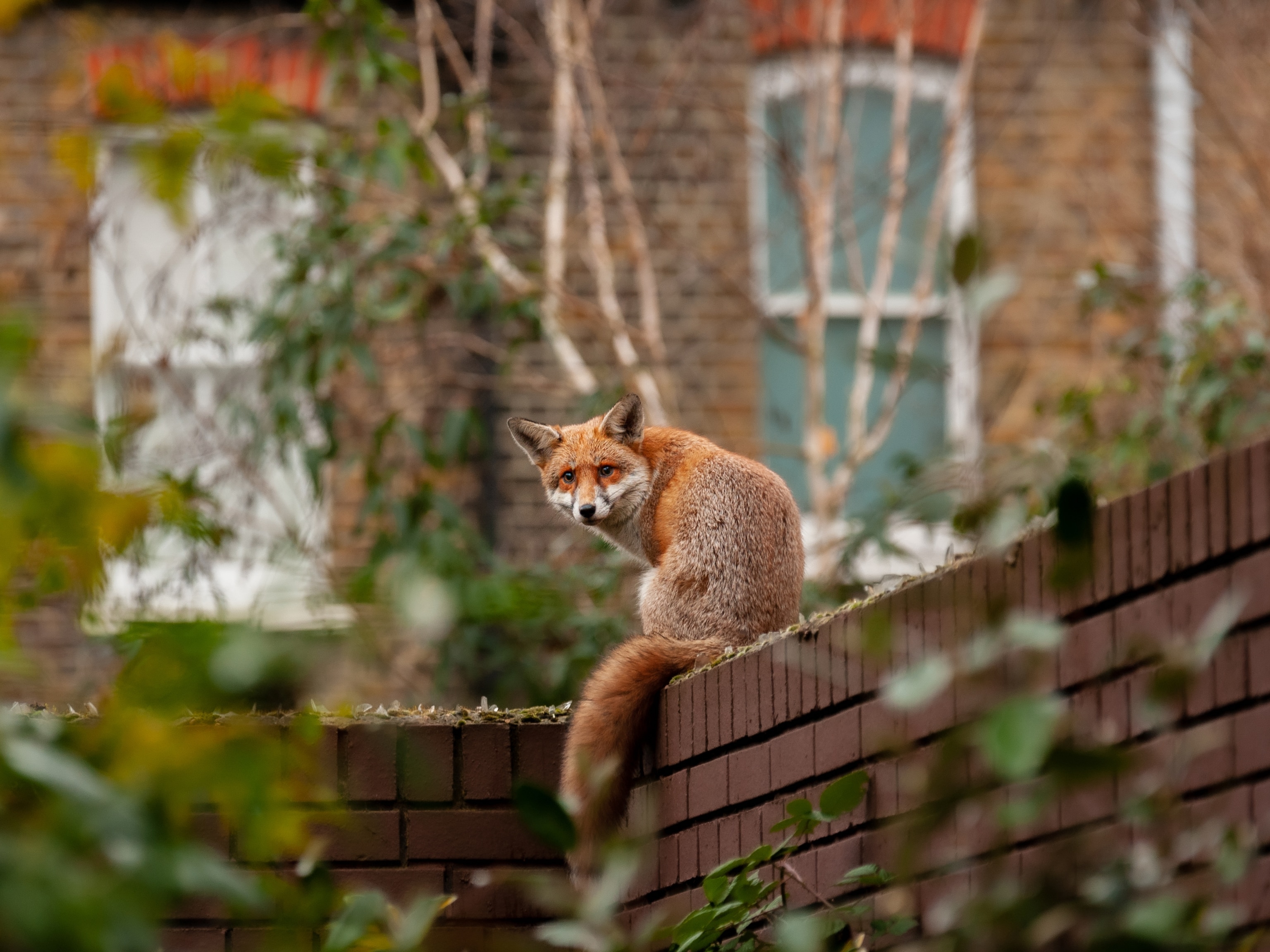Rare 'Cyclops' Goat is Beating the Odds
Suffering from a rare and usually fatal condition, the “miracle” goat has attracted crowds of spectators in Assam, India.
Born on May 10 with a single, enormous eye in the center of its face, a baby goat has survived a surprising eight days in a village in Assam, India.
The goat’s condition, called cyclopia, is characterized by the developing brain’s failure to separate into two hemispheres. As a result, the skull only forms a single eye socket. (Read "This Animal's Eye Makes Up Almost Half of Its Body")
Most examples of cyclopia occur in mammals—including humans—but in 2011 a dusky shark was discovered to have one cyclops pup among several healthy pups.
Genetic defects are usually to blame, but cyclopia can also be caused by toxins ingested by the mother during pregnancy. Such was the case in Idaho, where sheep who snacked on a plant containing an embryo-stunting poison later gave birth to a decade-long rash of one-eyed lambs.
Cyclopia is often accompanied by other physical deformities. This baby goat is also missing eyelashes, eyelids, one ear, and several teeth; its jaw is severely shortened, and its nose underdeveloped. (Read "Two-Headed Sharks Keep Popping Up—No One Knows Why")
Local veterinarians aren’t certain of the exact cause of this goat’s condition. They predicted it would die within a few days, but the unnamed goat has survived a full week under the care of Mukhuri Das, its owner.
Unlike the cyclopes of Greek myth, who shared their famous trait with an entire race, modern-day cyclopes are rare individuals.
Very few infants with cyclopia survive more than a couple days, because the associated physical deformities—missing noses, underdeveloped brains—quickly prove fatal. (Read "Rare Two-Faced Calf First to Survive Past 40 Days")
Das told Caters News that the “miracle” goat has attracted dozens of daily visitors, some even trekking from neighboring villages.
“I believe this goat will bring luck to my home,” Das said.















